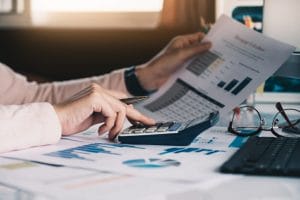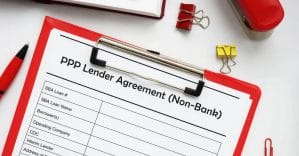While it’s possible to go through life debt-free, it’s not necessarily smart. Most of us can rarely afford to pay upfront for life’s most important purchases like a home, a car or a university education. Before taking out a loan or buying on credit, it’s important to know whether the debt incurred is good debt or bad debt.
Put simply, good debt is an investment that will grow in value or provide long-term income. Bad debt is when you take on borrowings for goods that depreciate in value and/or provide no income.
Good Debt
Good debt is used to acquire assets or investments that provide you with a return on investment. These investments are strategic in nature, eventually generating an income and/or increasing in value. Good debt generally supplements the cost of the loan over time and actively helps you build wealth. In other words, you’re better off with it than without it.
- Home Loan – Borrowing money to purchase a home is good debt because the property is likely to increase in value. When you sell the home, it will not be subject to the capital gains tax imposed on investments.
- An investment property – Taking out a home loan to purchase an investment property is a good example of good debt because the property generates income, increases in value and the interest expenses are tax deductible. The debt can be held for only a short time if paid off by your personal income as well as income made from the property through rent or dividends.
- University degree – Most university students take on a student loan in order to pay for their degrees. This can be considered a good debt because there is no real interest and students benefit in the long run from more job opportunities and a higher income job.
Bad Debt
Bad debt is the more common kind of debt and includes any credit used for personal consumption or living with an interest that is non-deductible. Bad debt doesn’t generate income and any assets purchased depreciate in value over time. Examples include:
- Car Loan – Borrowing a lot of money to buy an expensive car is a prime example of bad debt. A car rapidly and consistently reduces in value once you own it, with an average value reduction of 19 per cent in its first year of ownership.
- Credit cards or personal loans – Borrowing money to buy consumer goods, pay for daily expenses or go on holiday is a cost that isn’t worth anything financially and becomes more expensive the longer you hold onto the debt. For example, if you went on a $5,000 holiday funded by your credit card with an interest rate of 20%, it will cost you the $5,000 plus an additional $1,000 a year until it is repaid.
How to Manage Debt
Sometimes you can’t avoid incurring some form of bad debt and that’s okay. The key is to minimise it and develop a financial strategy that puts yourself in the best possible situation before getting a loan. Always aim to pay off bad debt first to minimise interest expenses. You can also refinance your loans to roll various debts into one or achieve a better interest rate or payment plan.
Remember that good debt can come with risks as well. The advantages and consequences of taking on good or bad debt often comes down to personal circumstances. It can also be influenced by events out of your control such as market forces and interest rates.
Contact Mortgage Masters – Independent Brokers in Auckland
Mortgage Masters are your independent mortgage brokers in Auckland, servicing the community in home loans since 1998 to find our clients the best deal on the market. If you need tailored financial advice or helping finding the right home loan for your needs, please get in touch with our team today.









